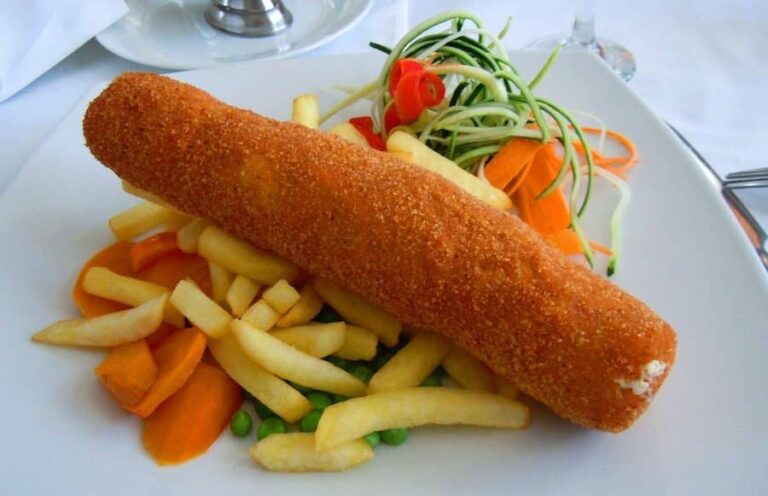Introduction: Serbian Cuisine and Condiments
Serbian cuisine is based on a rich heritage of Balkan, Mediterranean, and Hungarian influences. The traditional dishes are known for their diverse range of flavors and ingredients, including meat, vegetables, dairy products, and spices. One of the distinct features of Serbian cuisine is the use of a variety of condiments and sauces, which add depth and complexity to the flavors of the dishes.
Ajvar: The Beloved Red Pepper Condiment
Ajvar is a popular condiment made from roasted red bell peppers and eggplants, with added garlic, vinegar, and oil. It has a sweet and tangy flavor and a smooth, creamy texture. Ajvar is commonly used as a dipping sauce for bread, meat, and vegetables, as well as a spread for sandwiches and crackers. It is also used as a topping for grilled meat dishes, such as Ćevapi and Pljeskavica. Ajvar is a beloved condiment in Serbia, and it is often made at home during the autumn harvest season when red peppers are abundant.
Kajmak: The Creamy Dairy Delight
Kajmak is a creamy dairy product made from milk that has been boiled with added cream and salt, then left to ferment for several days. The resulting product has a rich, nutty flavor and a smooth, spreadable texture. Kajmak is commonly used as a condiment for bread, as a topping for grilled meat dishes, or as a filling for savory pastries. It is a staple in Serbian cuisine and is often served alongside traditional dishes such as Pljeskavica, Karadjordjeva šnicla, and Sarma.
Vegeta: The Versatile Vegetable Seasoning
Vegeta is a versatile seasoning mix made from a variety of dehydrated vegetables, herbs, and spices. It was developed in Croatia in the 1950s, but it has become a popular seasoning in Serbia as well. Vegeta is commonly used to season soups, stews, and sauces, as well as grilled meats and vegetables. It adds a rich, savory flavor to dishes and can be used as a substitute for salt in many recipes. Vegeta is available in many different varieties, including vegetarian and low-sodium options.
Senf: The Must-Have Mustard Sauce
Senf is the Serbian word for mustard, which is a popular condiment made from ground mustard seeds, vinegar, and spices. Mustard is commonly used as a dipping sauce for pretzels, sausages, and other snacks. It is also used as a spread for sandwiches and hot dogs, as well as a marinade for grilled meats and vegetables. Mustard adds a tangy, pungent flavor to dishes and is a must-have condiment in every Serbian kitchen.
Ljutenica: The Spicy Tomato Spread
Ljutenica is a spicy tomato spread made from roasted red peppers, tomatoes, and chili peppers, with added garlic, vinegar, and oil. It has a bold, smoky flavor and a thick, spreadable texture. Ljutenica is commonly used as a condiment for bread, as a topping for grilled meats and vegetables, or as a spread for sandwiches. It adds a spicy kick to dishes and is a favorite among those who love bold flavors. Ljutenica is often made at home during the late summer and early fall when tomatoes and peppers are in season.

